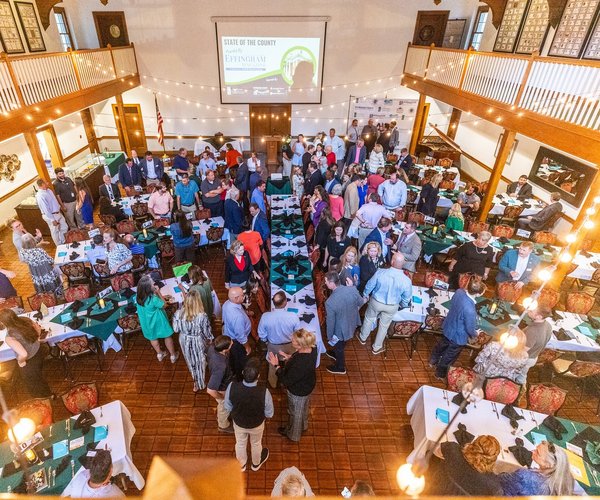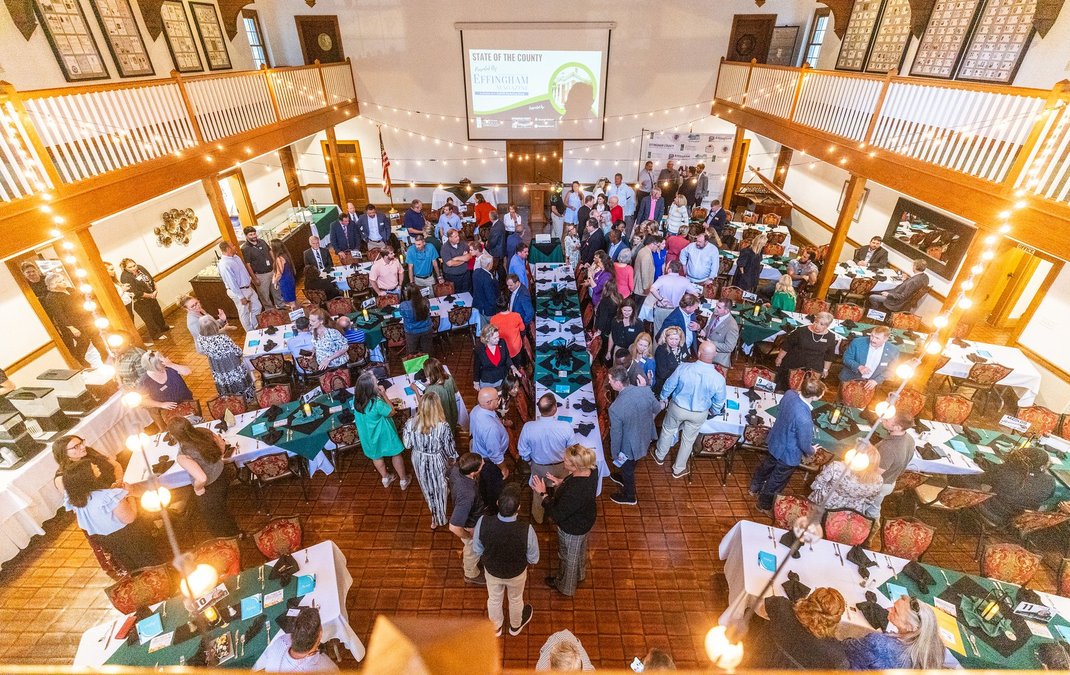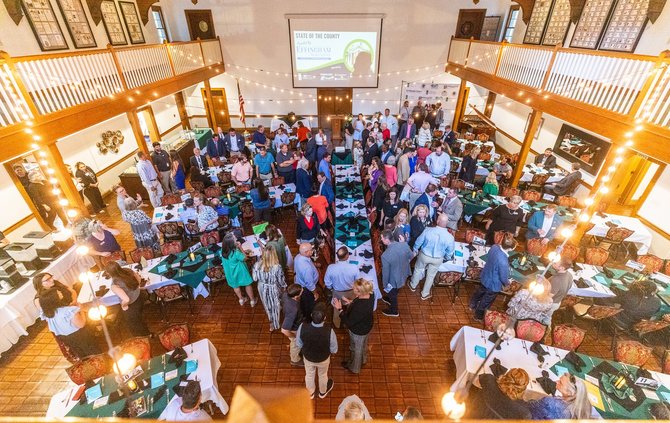In opening the back door, I flush a flock of birds at the edge of the branch, their wings fluttering fast and thick like shuffled cards. They rise and disappear too quickly for me to make out any markings and they make no sound from which I, were I a person who knew birdcalls, could identify them. The strip of field grass, broom sedge, and dandelions that separate the branch from the backyard is relatively narrow and, on this filmy, overcast morning, their small feathered bodies are little more than momentary smudges across my contact lenses.
Two or three times a year Daddy or Keith, swinging the rotary cutter around the edges of the adjacent fields, will turn wide to include my little strip, but most of the time it remains as it is now — knee-high in something, soft and crunchy underfoot.
A few weeks ago some friends and I visited Little St. Simons Island, one of those "I’ve always wanted to go there, can’t believe I’ve never been there" places. Accessible only by boat, it was formed from the sediment of the Altamaha River and has doubled in size since the first survey was made in the 1860s. In the last four years alone, it has gained 30 feet of shoreline.
Bouncing around in the bed of a white Chevy pick-up, we ducked to avoid the branches of live oaks and Southern red cedars, pines and palmettoes, a canopy of trees that has never been harvested. We saw a black-necked stilt, who has the longest legs per body length of any bird, and a roseate spoonbill, two of the 283 species of birds that live among the 10,000 acres, and a fallow deer, descendant of the first ones brought to the island from a zoo in New York in exchange for alligators.
The heat was bad, the gnats and mosquitoes worse, but I was so overwhelmed by all that I did not know, had never seen, wanted so desperately to remember that neither the heat nor the pests were much of a bother. And in the midst of the sensory onslaught, I learned a new word: ecotone.
Words are playthings. They are tools. They are tastes and textures and smells. And a new one is a gift wrapped in tissue paper and tied up with wide satin ribbon.
An ecotone is a transition area between two different patches of landscape, a habitat particularly significant for mobile animals because it allows them to exploit more than one set of habitats. The barrier islands of Georgia are an ecotone — anteroom for entering the mainland from the ocean, foyer to the ocean from the mainland. Marsh and reed bed and wetlands, all forming a bridge between worlds. So is, I realized as the unidentified birds flitted away from my noisiness into the dimness of the branch, my narrow isthmus of land, my band of untamed, unmown grass and bush and weed.
It seems fairly obvious that the concept of ecotone doesn’t need to be limited to topography. Landscape exists within a personality or a life-
span. It can be found within a relationship or a conversation or a performance. It is that place or moment when movement becomes obvious, when change has to be acknowledged, when the next thing is no longer frightening or strenuous or disagreeable, but simply the next thing.
And it is equally apparent that the ecotone, at least in the non-topographical sense, is a temporary locale. It is not a place for abiding, but sojourning. A place for catching one’s breath, perhaps. For taking a last look in either direction before setting out for good.
I see that now. I realize that it is time to move. Time to explore another habitat. Time to see more of those "always wanted to go there, can’t believe I’ve never been there" places in the world and in my heart.
All is silent. The evaporation of the birds into the mist has left the morning gray and green and still. I untie the ribbon, unfold the paper and toss the brand new word into the warm summer air.








